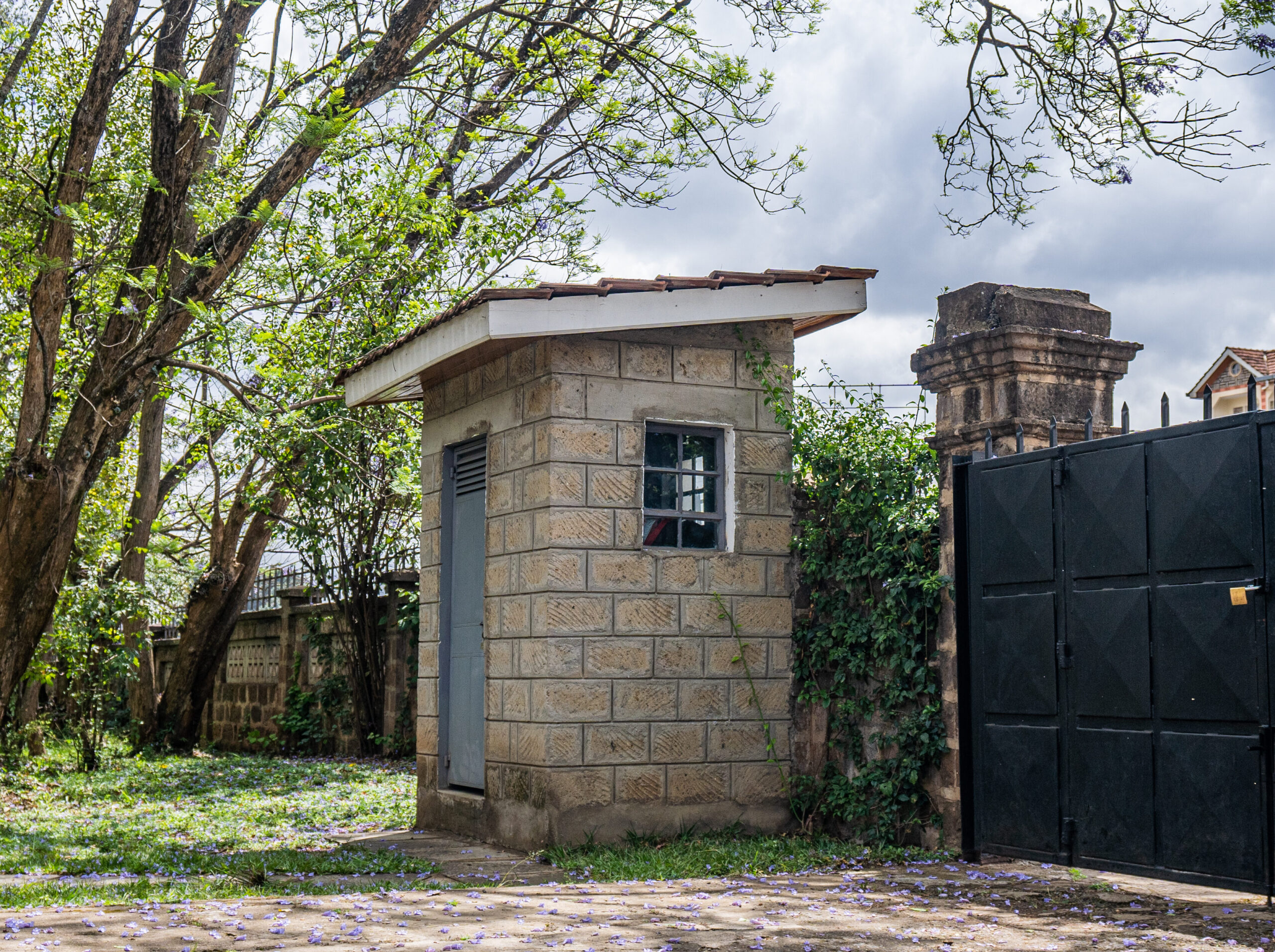Full restoration of the Nairobi Hebrew Congregation Cemetery (2001–2003) was funded by a generous grant from Hannie Kiprono Biwott.
During the 20th century, Kenya welcomed two significant waves of Jews who fled Europe immediately before and after the Holocaust. This vibrant Jewish community made deep and lasting contributions to the rich cultural mosaic of Kenya. The first Jews arrived in Kenya in 1901 from across the British empire, and were quickly followed by Jews from the Austro-Hungarian empire. Although they were “strangers in a strange land”, by 1904 they had sufficient numbers to form a Mishnah and start a congregation – the Nairobi Hebrew Congregation – that endures to this day.
Throughout Kenya’s modern history, Jews have played prominent roles in commerce, agriculture, manufacturing, government administration, trade and culture, and they continue to do so. They have also played a key role in state-building for an independent Kenya. Today, Kenya’s Jewish community is comprised of Jewry descended from around the globe – Sephardic and Ashkenazi, from Russia, Latvia, Lithuania, Poland, Ukraine, Romania, the Czech Republic, Slovakia, Germany, the United Kingdom, Yemen, Israel, Canada, Iraq, India, Morocco, South Africa, the Netherlands, the United States, and more.

Nairobi’s synagogue and Jewish cemetery bear witness to the existence of Kenya’s Jewish community and its lasting and far-reaching impact on the development of modern Kenya into a vibrant, independent nation.
– Hannie Kiprono Biwott





